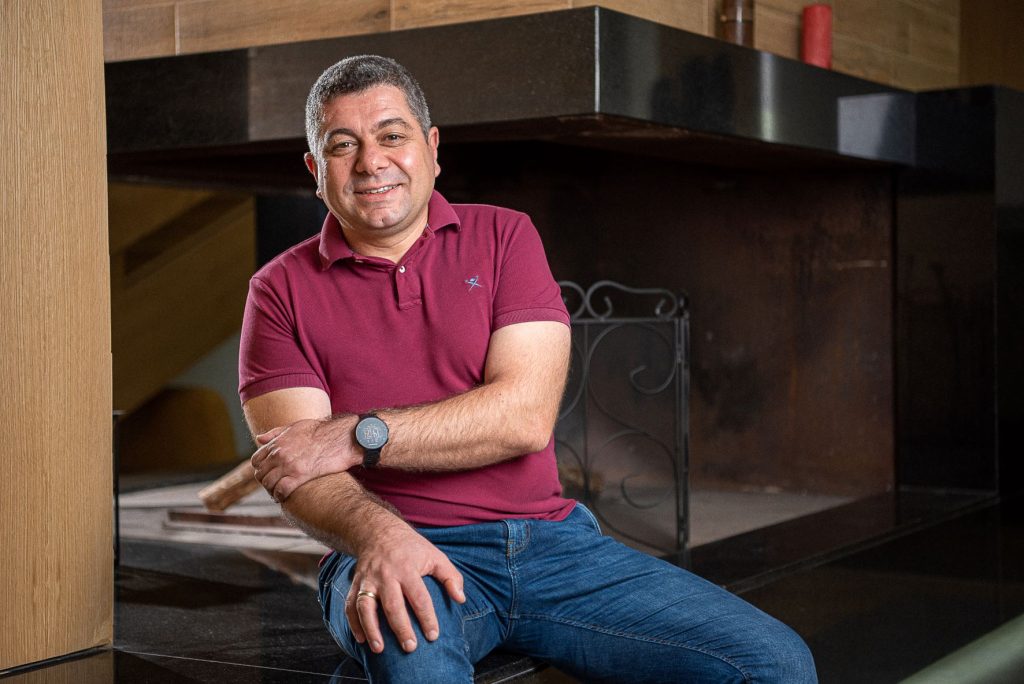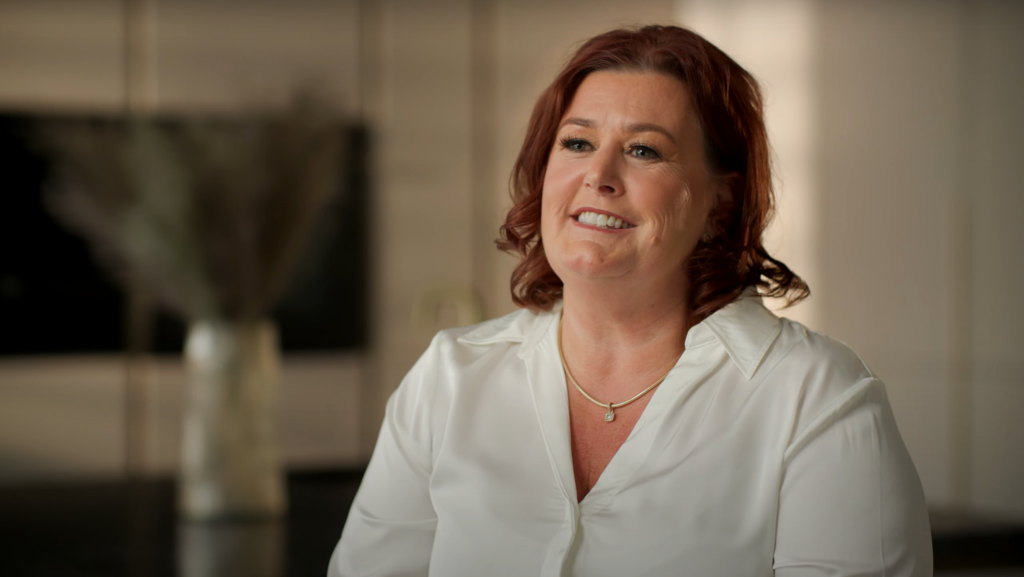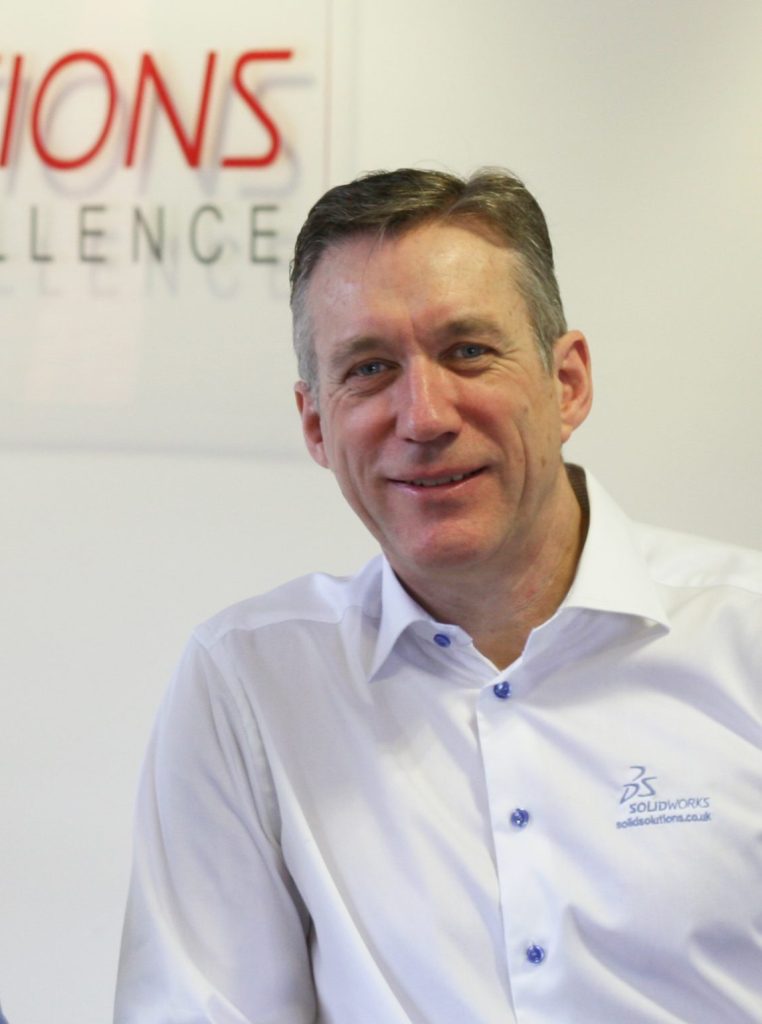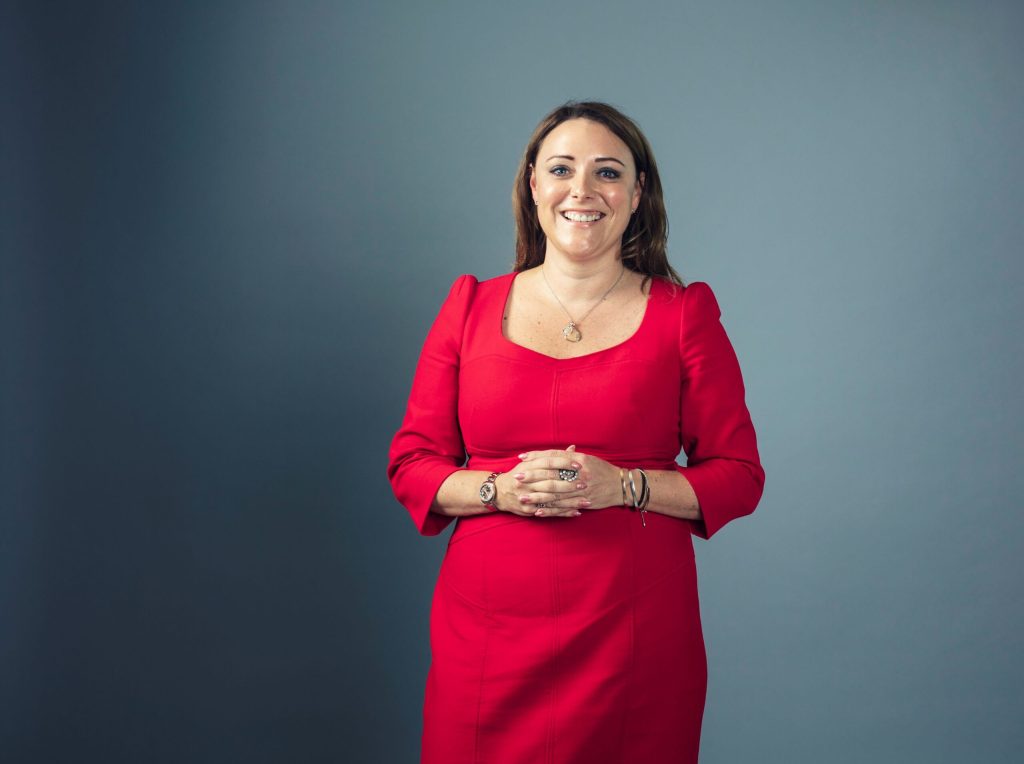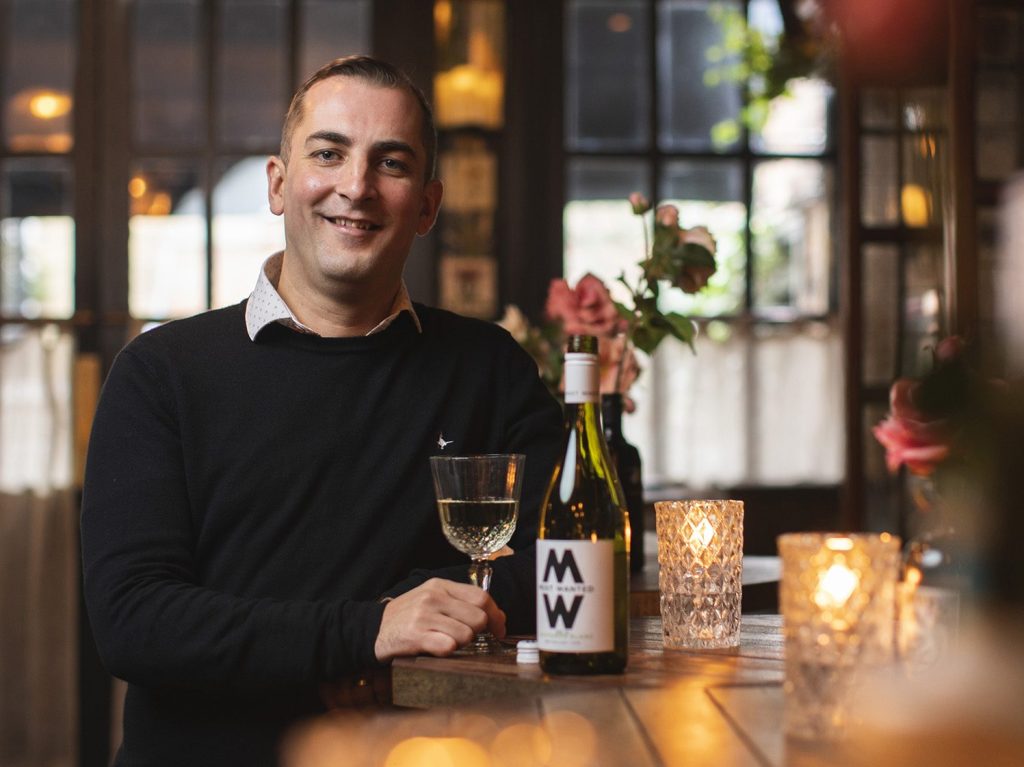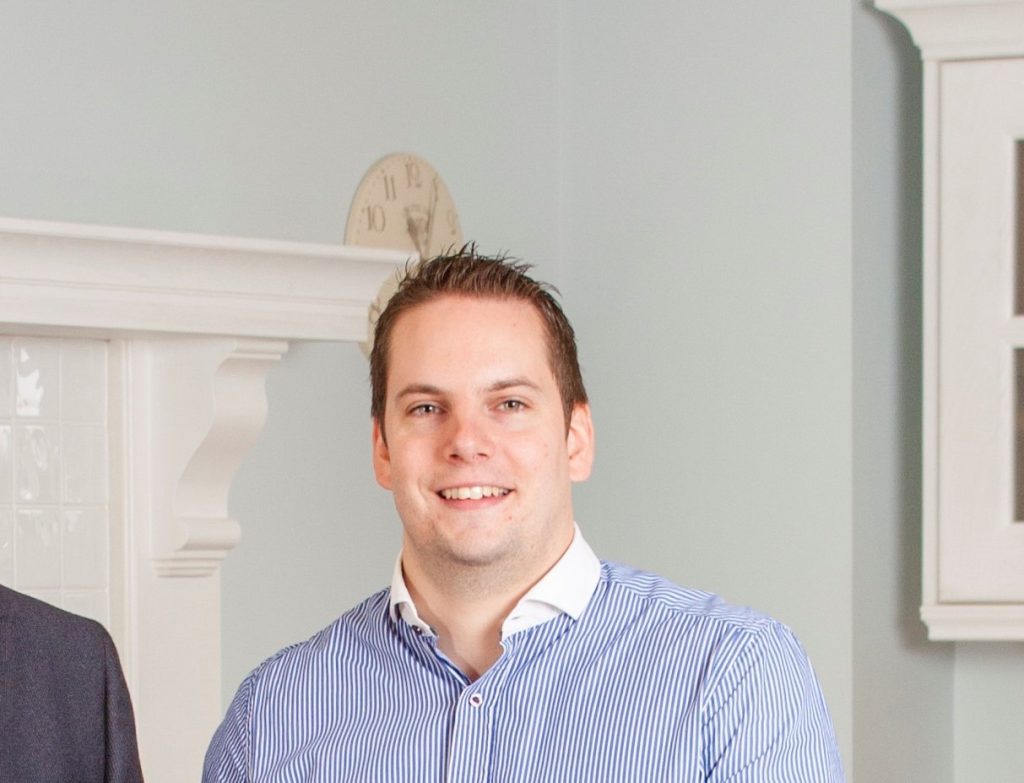In 2020, BGF Ireland made a multi-million-euro investment in Croom Precision Medical to help accelerate the specialist manufacturing company’s growth. In this in-depth interview with the CEO, Patrick Byrnes, we learn more about the family-run business.
Patrick Byrnes, Croom Precision Medical: “There’s no hierarchy here”
As part of our Stories of Growth series, we interview the CEO of a family-run manufacturing business in Ireland.
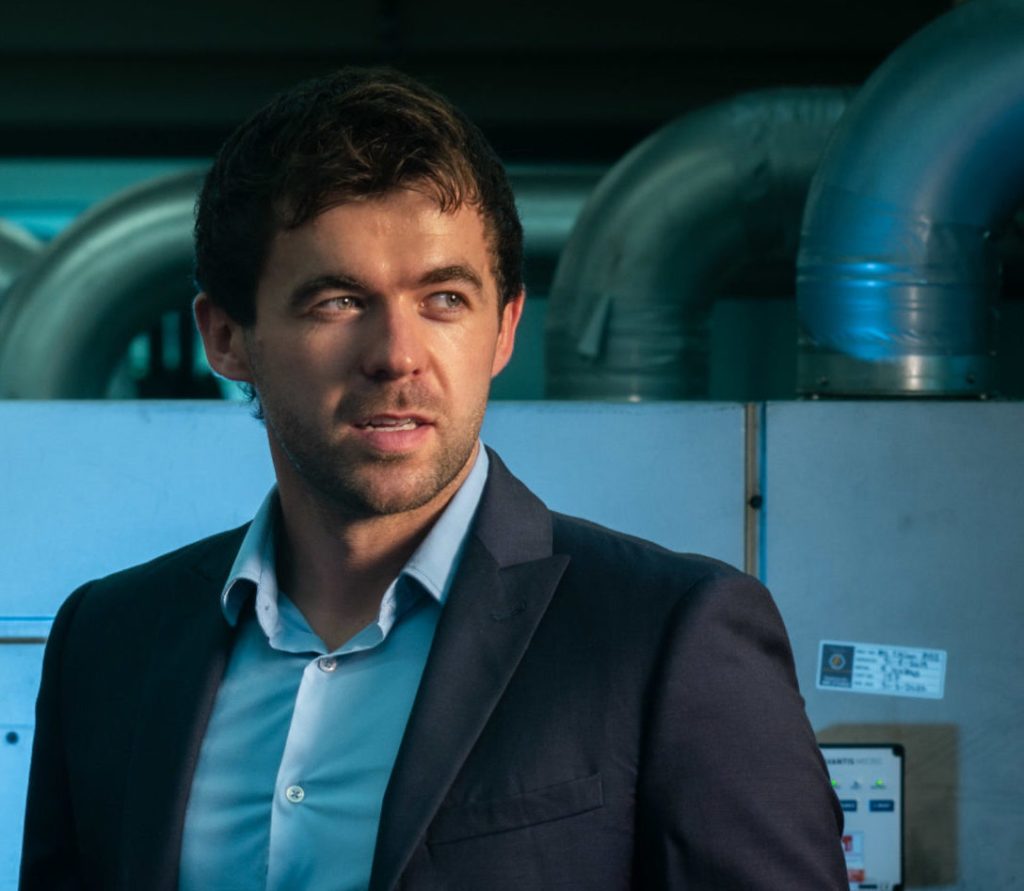
The company was set up by my father, Paddy, in 1984. When I was growing up, you could say that Croom Precision Tooling, as it was then called, operated as a mom-and-pop style job shop. We evolved from manufacturing fixtures and jigs to support the electronics industry into the medical device industry in 1995, transitioning the company name to Croom Precision Medical. We have continued to manufacture a series of orthopaedic implants – hips, knees, shoulders – over the past 26 years.
While studying business and engineering at college, I came to believe that the 22-headcount family business needed significant capital investment and restructuring in order to become scalable. Global competition was becoming more of a challenge where our customer base demanded high quality service at challenging price points. Following my time at university, I worked for a number of American multinational companies in the medical device space such as Zimmer Biomet and Stryker Orthopaedics while checking in on the family business from time to time. I learnt a great deal of competences here on corporate finance and supply chain operations.
When my dad proposed his retirement in 2018, an opportunity presented itself for me to take on the family business or to remain in the corporate workforce, which I thoroughly enjoyed. We both knew the writing was on the wall in terms of the steep climb to maintain competitive advantage in order to move forward. We knew that we had to invest in our team and the latest state-of-the-art manufacturing technology. However, in 2018, we had no financial backer and no solid customer order book beyond 12 months.
“Compared to slow-moving players in the industry, we’re like a jet ski”
Following a series of business benchmarking exercises and research in the latest industry reports, we established an internal research development and innovation (RDI) team. The orthopaedic industry developed a number of trends towards metallic additive manufacturing (3D printing) which still remains very much at the leading edge of the industry. Aside from the technical challenges with this new technology, the financial investment on this gamble was north of €1 million, which was significant for a small business such as ours. We quickly aligned ourselves with academic institutions and manufacturing partners in the space. We took the investment plunge and after a long 12 months, we attracted significant interest from a number of customers. My father placed a significant level of faith in me to deliver this initiative. It was effectively the company’s wealth that was being put on the line.
These customer conversations evolved into larger opportunities where further investment was required in capital equipment and so we partnered with BGF. We are now experiencing sustainable growth that looks particularly promising for the next five or more years. We have grown to a team of over 70 in less than 18 months which have really been the spine of this success. Across Europe and East Asia, populations are in better health, they are living longer and can afford better healthcare. We are seeing significant demand across these markets, which is our core focus.
We haven’t seen a contract manufacturer iterate as fast as we have over the past 18 months; it is a true testament to the team here. Compared to the slow-moving players in the industry, we are like a jet ski.
From CNC to 3D
Historically, subtractive machining – where we would start with a block of material and process it until we achieve the prismatic shape we desire – was our only form of manufacturing technology. It is a tried-and-tested technology that is used globally. Over the past ten years in particular, we have seen an industry shift to additive manufacturing, which requires a completely different skillset.
We’ve developed this technology together with our academic partners, manufacturing partners and internal RDI team. From an orthopaedics perspective, we can manufacture novel osteoconductive structures that mimic the human bone which enables a shortened healing times for the patient, saving time and money. We use materials such as titanium, cobalt chrome and tantalum which are incredibly difficult to control in this new manufacturing technology.
Our team is intertwined with leading universities such as University College Dublin, Trinity College and University of Limerick, which all have their own engineering metallurgical specialities. They have helped us create disruptive technologies, leveraging knowledge in heat treatment solutions and materials testing – that’s why we’ve been so effective.
It’s really the team that drives the technology here – the sheer excitement of what you can do with the unknown.
There’s an energy here
I didn’t really plan this route, it was curiosity that has spurred everything on to this point, and incredible luck in establishing a really strong and agile team.
All of the skills attained to date have been a mixture of academic learning intertwined with on the job experience. In my opinion, there needs to be a greater balance between academic learning and real-world learning, but everyone is different.
The immediate interest now surrounds organisational emotional intelligence and organisational behaviour. We have 48 new team members all of which bring different skills, personalities, energies and intelligence types, which all feed into the company culture here. That’s been my focus over the last six months. We have a keen interest in developing leaders within the organisation: it’s about empowering people to deliver concepts and ideas that you would not have thought feasible. We will support the people and the people will support the business.
We’re a very flat structure internally. The mantra here: there is no hierarchy. Everyone is expected to take out the bins, whether they are working in management, on a machine or in the canteen. There is a respected energy here in Croom. People are genuinely interested in what is going on.

We are all on the factory floor which is a very busy spot. I have a desk upstairs which is rarely used. I’m in here with the machines working side by side with my team or out on the road dealing with customers. I know everyone’s name. That’s how we’ll keep this train going.
There’s a phrase in Ireland: ‘doing it for the craic’. That’s why I do it. I really enjoy it. It doesn’t feel like I go to work. A lot of people who work at Croom would say the same.
Benchmarking exercise
There have been many challenges over the past 12 months in particular. There is no playbook that will tell you how to deal with a pandemic, Brexit, and take on external investment at the same time while dealing with growing customer demands. When I first started here, we seriously looked at the aerospace market. Our medical device customer list was not very strong at the time and so we looked at what industries were doing well and how we could diversify against financial crashes.
Our team manufactured aircraft seating parts for 18 months, developing significant skills in our machining team. That’s when we realised that the competitors in aerospace were very competitive, very lean, and able to manufacture widgets at very low costs. It was a good benchmarking exercise, which really helped us grow our margins when we refocused on the medical sector.
Bringing in expertise
The pandemic also affected our investment from BGF, which had to be done virtually. All the investment discussions happened over video calls which was a leap of faith in itself.
With BGF it was the right place at the right time. BGF took a minority shareholding. There were demanding terms and conditions to be met, and that was a learning curve; however, they brought a confidence and professionalism to the management team that I wouldn’t have thought possible.
“BGF brought a confidence and professionalism to the management team I wouldn’t have thought possible”
Before BGF came on board, we had people wearing many hats – our receptionist was also our financial controller. We were a typical small-to-medium enterprise. We now have a strong financial controller, a new operations manager with 25 years’ experience, a quality manager who came from a multinational, and a non-executive chair, Michael Maher, who was introduced by BGF and has been a strong mentor to me.
Side hustles
Outside of work, I enjoy running and gym conditioning. It was a personal goal to complete the six Abbott World Marathon Majors before I was 30. Things grew from there where a number of my friends started training for Ironmans and more marathons. It’s a mental challenge to keep pushing forward which suits me. You never set out to solve a problem when you go for a run but it happens. It helps create a certain mindset.
My hobby is business. I’ve recently started some small e-commerce businesses – just a couple of side hustles – dipping my toe into social media selling by reselling health and beauty products. It’s more about studying social media activity, demographics and geographic locations than anything else. We want to see what’s possible and learn.
I have a younger brother who has a PhD in machine learning and artificial intelligence. We are looking at starting other ventures together down the line. He has been particularly helpful in leveraging our enterprise resource planning (ERP) data and business intelligence visualisations.
Every day I’m looking for something new. If the email box is quiet, I’ll go looking for something. I’ve a fantastic ecosystem of support with my family and friends which I greatly respect.
What could hold us back? The limitation of our own ambition. You’re only limited by your own mindset. Yes, we have to be cautious with finances, but I think there will be phenomenal growth over the next two years and we’ll look back and wonder why we didn’t do it sooner.
